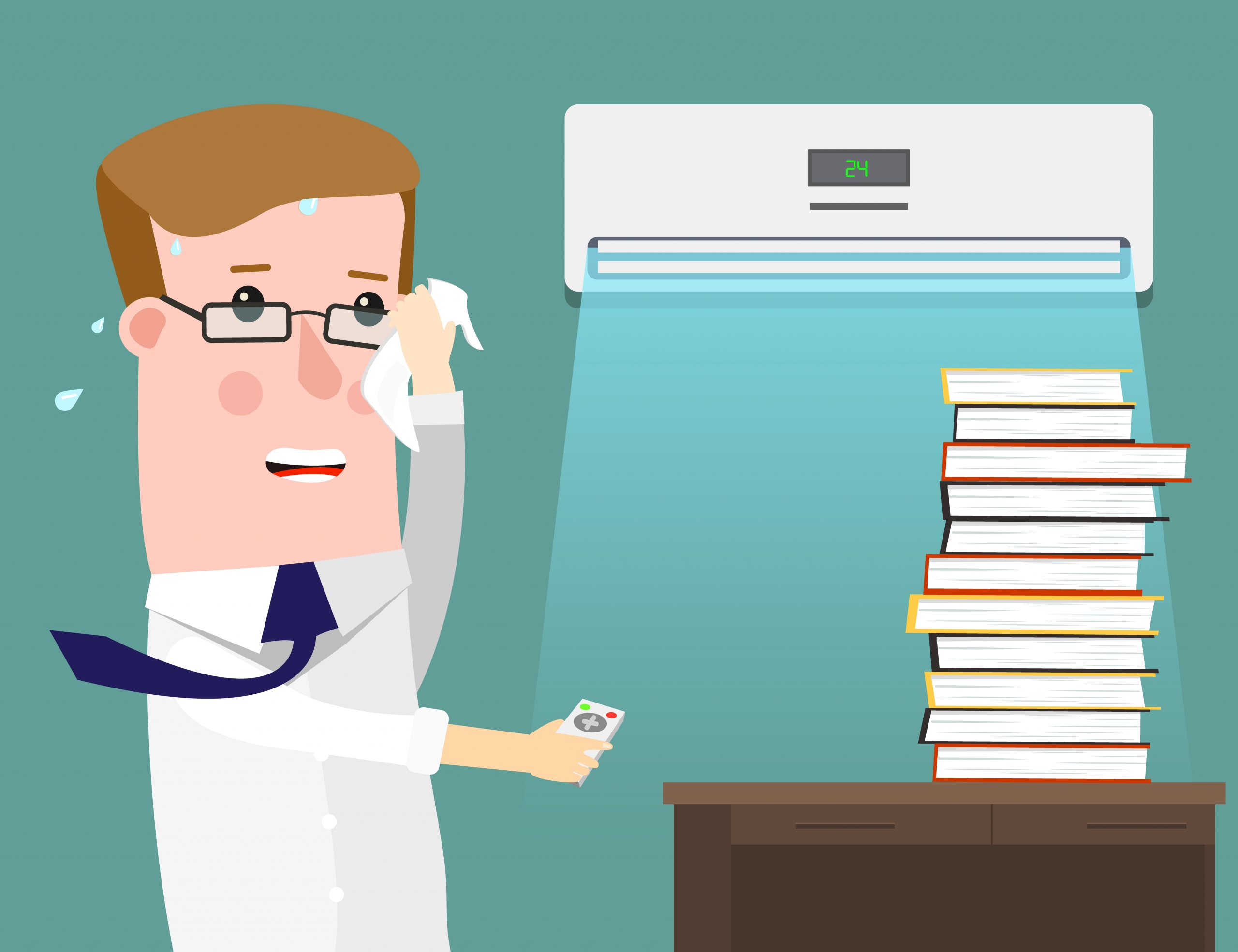How Workplace Temperature Affects Productivity
- December 01, 2020
- Products & Services
- CTC Corp

There is a real correlation between how workplace temperature affects productivity. If you’re looking for any proof to back you up in your argument to raise office temperatures, this is it.
Workplace Temperature Affects Productivity In Many Ways
There are numerous studies demonstrating a loss of productivity when employees work in environments with uncomfortable temperatures. After all, it is harder to focus when struggling to stay warm or cool.
According to a study, the human body is at its optimal productivity when the room is between 69.8 and 77 degrees Fahrenheit. The smallest changes impact in workplace temperature affects productivity. For instance, a 2001 study on call center workers found a slight decrease in productivity (1.8%) per degree above 77 F. They repeated the same study a year later and found an even higher decrease in productivity (2.2%) for the same increase in temperature for the same baseline of 77 degrees Fahrenheit.
Anything above these figures affects performance, resulting in more errors, reduced speed, and reduced concentration. Additionally, employees become more prone to fatigue and irritability when working in higher temperatures.
It does not take rocket science to connect the dots. This temperature-induced productivity loss leads to a decrease in economic output. In a study on data gathered from 70,000 plants in India, researchers found a significant value output decline of 3% per degree above normal, average temperatures.
Ways to Cope
Seeing how these values impact the larger economic picture, significant changes must be done. Primarily, of course, it leads to bigger conversations concerning a rapidly warming planet and how to slow it.
On a smaller, more local scale, businesses will have to make significant adjustments on how to make work conditions more ideal for productivity.
Ideal Workplace Temperature
One of the biggest issues concerning keeping appropriate temperatures in the workplace is the question of whose idea of “appropriate” to base this on. Physiology also plays a role in creating a greater divide. Studies have shown men and women respond differently to workplace temperature and productivity.
OSHA provides a good middle ground – or middle grounds – for this debacle. While it does not require one specific number, it does recommend that internal temperatures be kept between 68 and 78 degrees Fahrenheit.
How the Right Uniforms Help
Working in uncomfortable temperatures, however, is an entirely different story. Since there is no way to regulate outdoor conditions, the next best thing to cope with and protect employees is with the right garments.
In slightly warmer weather, employers can ease up dress code regulations to help keep employees comfortable. Employees are also recommended to use comfortable, breathable, moisture-wicking uniforms. These special garments are available through commercial uniform rental service providers and help regulate body temperature. They promote proper ventilation and help dry out sweat better than regular garments. Colder temperatures also require special warm clothing. You can look into outerwear that helps with insulation as well as adequate waterproofing capacities.
CTC is Your Local Uniform Provider
For more information on industrial workwear and outerwear, get in touch with CTC! Call us at (800) 926-5646 to speak with our experts about your options!
Share This Entry





